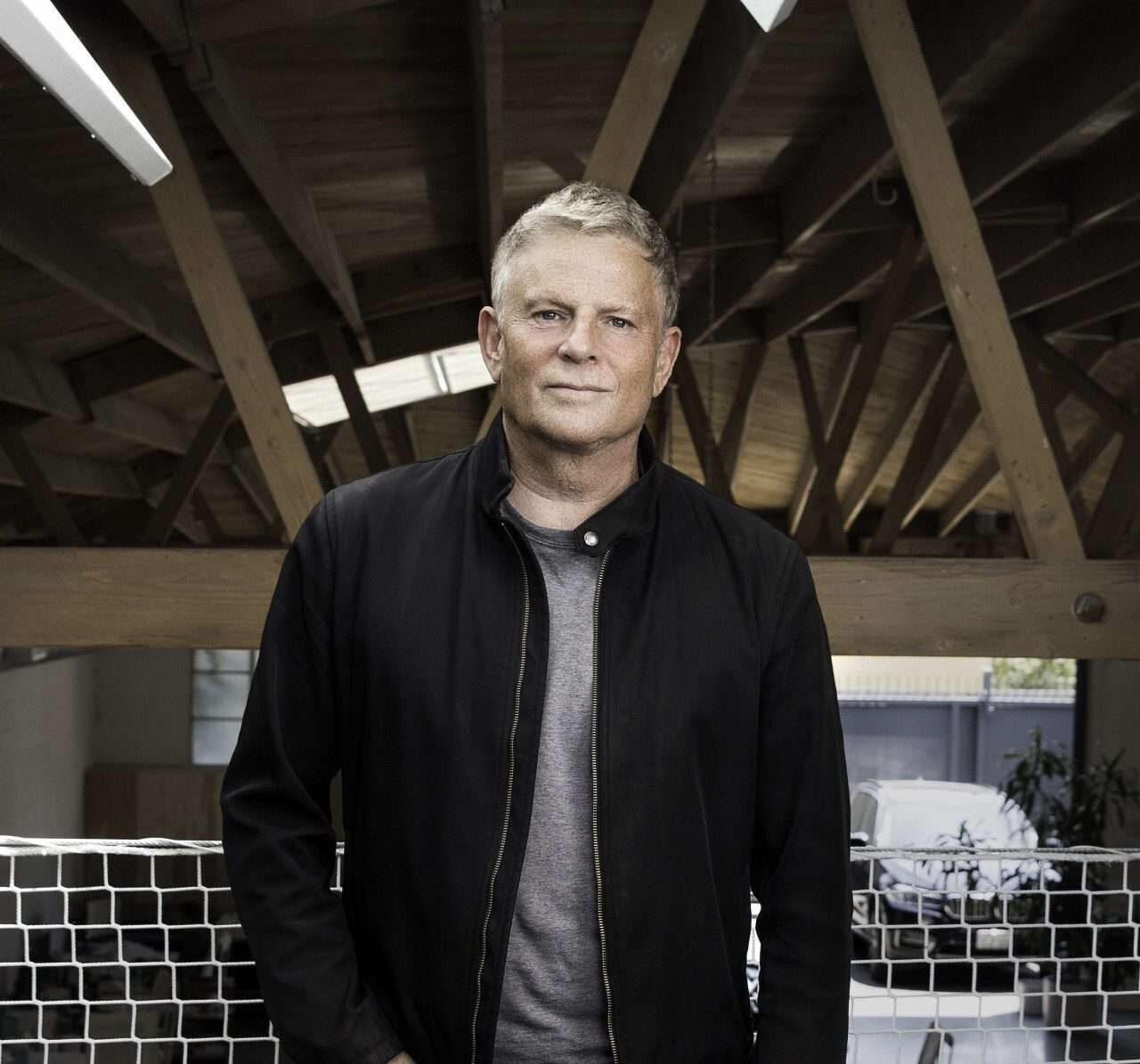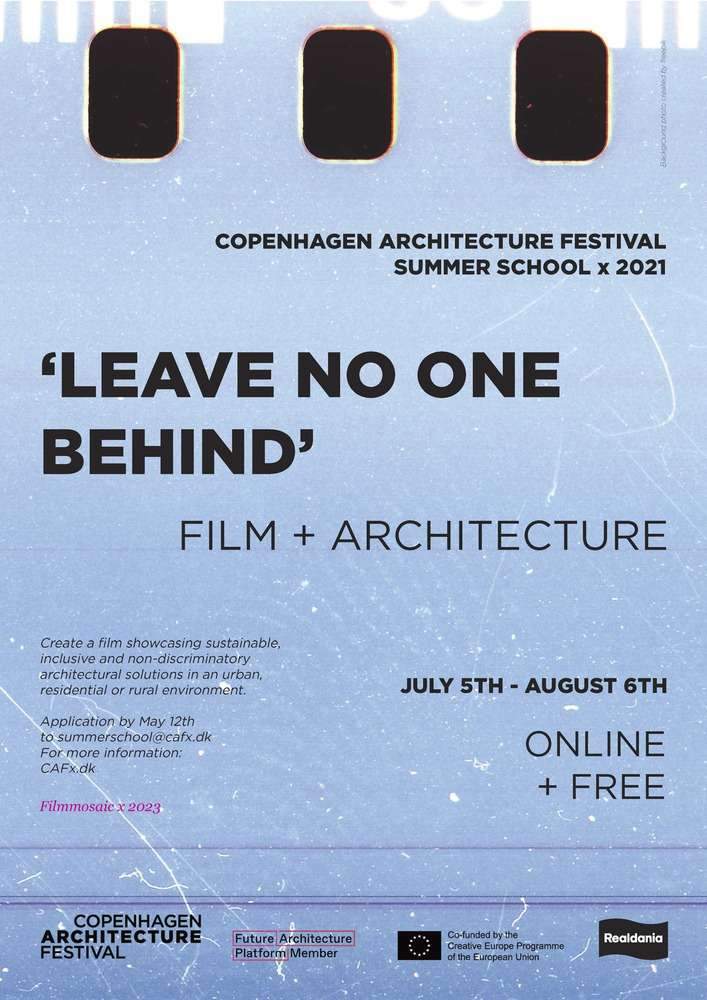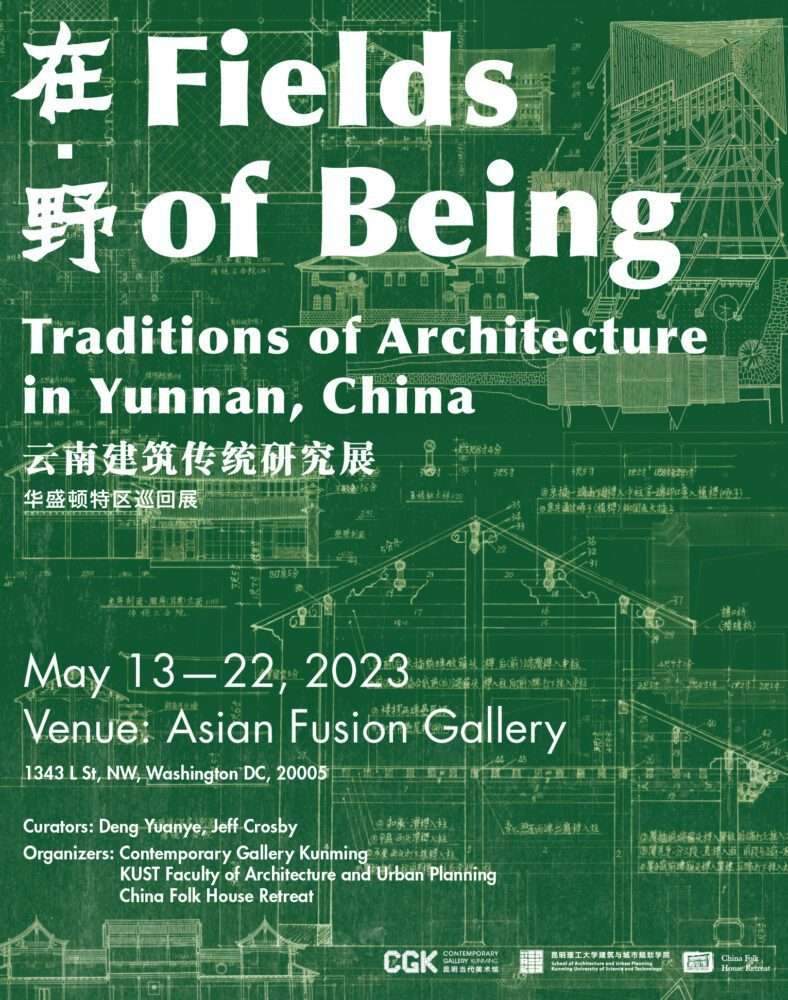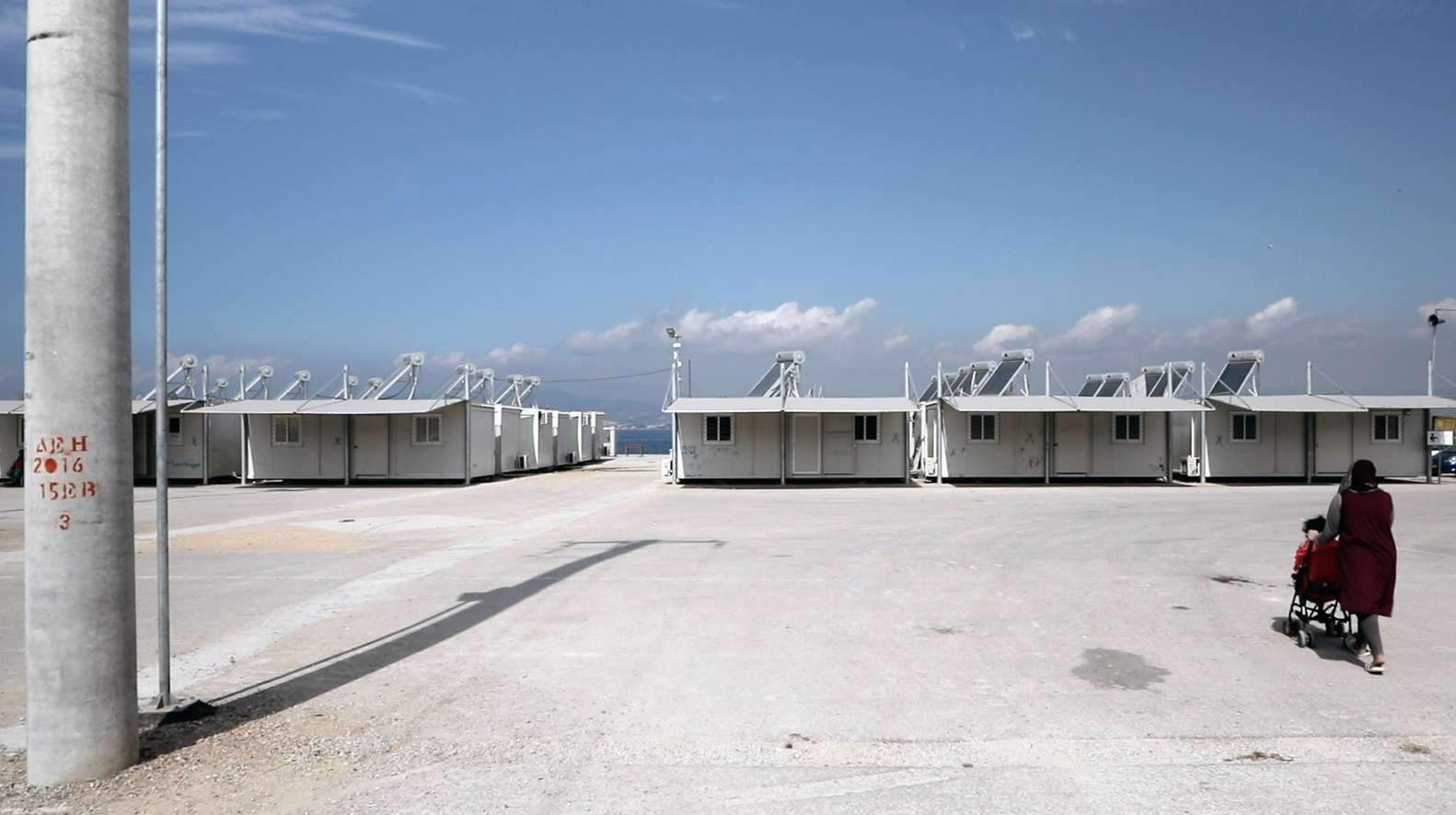Woodscapes: Erieta Attali on Kengo Kuma
Unlike commercial photography produced on deadline to document a recently completed building captured as a designed object. Attali’s art is born of a sustained relationship with the entire body of work of a single designer attempting always to capture the very essence of the atmospheres that recur from work to work. Of the handful of relationships that Attali has honed in well over a quarter century as a photographer. None has been more reciprocal than that with the Japanese architect Kengo Kuma. The melding of designed space and environment is the objective of both archived photographers.
In his combination of the engineering feat of huge planes of glass with innovative interpretations of traditional Japanese wooden architecture, Kengo crafts spaces that fluctuate visually and experientially in the changing valences of natural settings. His works have an almost unnatural resonance with Attali’s photographic practice. Through the glass lenses of the analog cameras, she seeks to capture the interpenetration of found and manmade environments. Merging har and reflected surfaces into layered images that record atmosphere as the very substance of art of Kuma’s architecture.
It is no surprise that Attali remembers her first encounter with Kuma’s work at the turn of the millennium as a decisive moment of elective affinity.
Ironically enough she had first seen Kuma’s work through the medium of another photographer’s image. An image of the architect’s seminal early work the Water/Glass House in Atami, Japan. In that building vacillating transparency and opacity became the veritable building blocks of architecture even as recording them transformed Attali’s photographic sensibility. The encounter with the building firsthand on a trip to Japan in 2001 was a decisive moment of elective affinity.
Captivated by the sense that in Kuma’s work, she had found the modern architectural equivalent of the relationship between, setting and building, la scape and architecture, she had been exploring in years of photography of archaeological sites, Attali experienced Kuma’s work as a turning point, focusing her lens on the insertion of the new into ancient settings. Also, As she recounts in a revealing interview with historian/critic Ariel Genandt, the encounter was transformative. “What fascinated me in the Water/Glass House was that the building experienced atmospheric conditions. When inside it, one feels part of the landscape…. My encounter with the house … helped me crystalize a particular photographic notion where architecture and landscape are continuous.”
It is one of the great myths of avant-garde glass and steel architecture that glass disappears allowing a total transparency in which the eye occupies the interior long before the body might follow.
Already as one of Kuma’s heroes, the German avant-garde pioneer Mies van der Rohe realized in radical unrealized designs avant-gardens skyscrapers in 1920s Berlin, the glass changes continually from near total transparency to nearly black opacity, with every nuance of reflectivity and t translucency in between.
Furthermore, Kuma’s architecture has developed making these very vacillations into the veritable building blocks of architecture in which the crafting of atmosphere, the staging of light effects, and the merging with nature are fundamental as the choice of materials and the solution of engineering issues. But it’s precisely the qualities shared by Kengo Kuma’s and Attali’s palettes that render these photographs all the more complex. Moreover, Attali patiently builds through her lens the very experiences that Kuma stages in the construction of ephemeral atmospheres through engineered glass and timber.
Finally, Read more on Archup:







